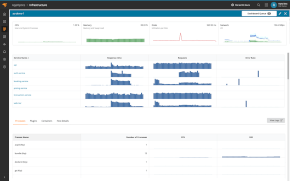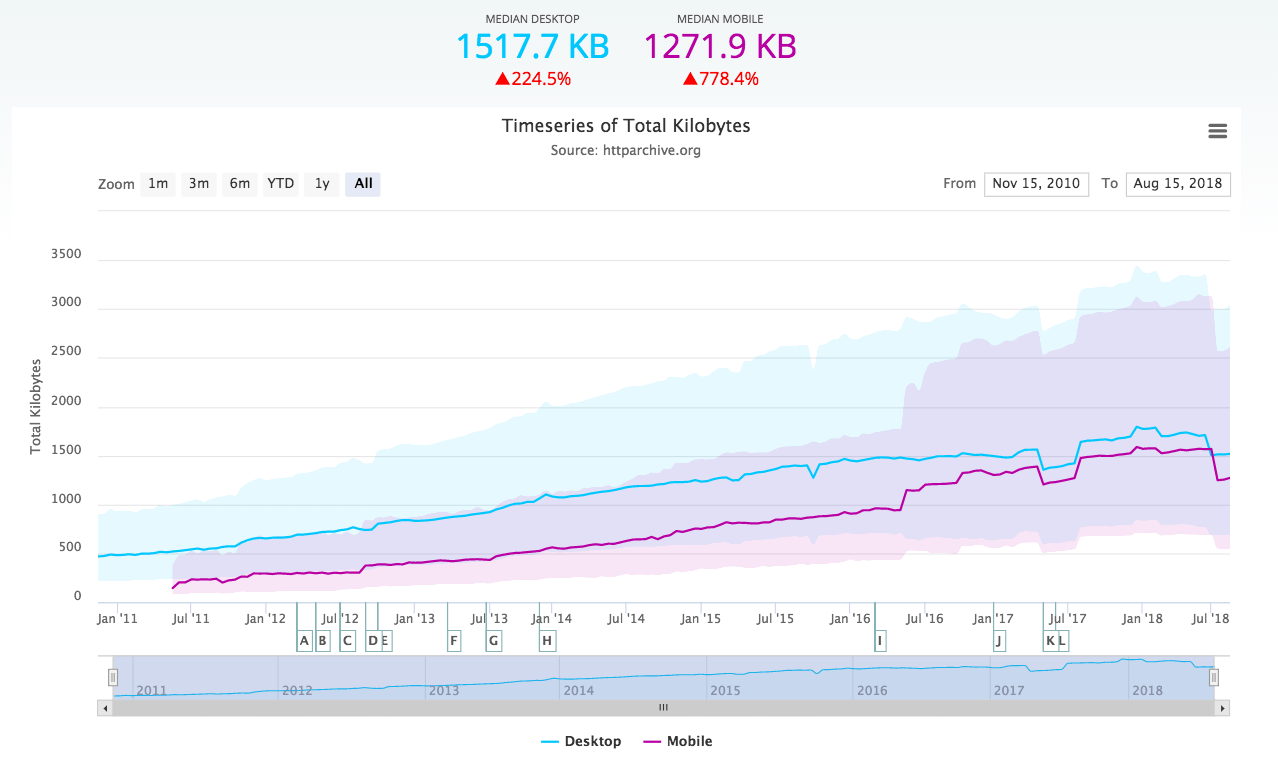Errors and bugs are a nightmare for any software engineer or developer. Even though errors can seem like a bad experience for any developer or website owner, errors can help improve the quality of a website. You may be wondering, “But how?” Errors pinpoint the weaker parts of the website, giving you direction of what to work on.
In this post, I’ll walk you through how to spot website errors and react on time using a modern website error detection tool like SolarWinds® Pingdom®. Proactively finding site errors helps you provide users with a good experience because you can often fix the issue before it affects them. Let’s dive into learning about some of the approaches you can take to spot errors on your website.
Why Do You Need to Detect Errors on Your Website?
Any website’s mission is to reach out to a certain audience. You don’t want to welcome your audience with a 400 error message. You also don’t want a website to take too much time to load.
Just imagine a checkout page taking a long time to load—you can lose customers because of that. Not everyone has the patience to wait for several minutes to make a payment. These types of errors need to be fixed, but it’s not easy to spot them. But don’t worry: I have a solution for you.
Not All Site Issues Are Equal
Some errors go undetected, even if you have a team of testers. You may still end up with some errors in production. These errors can be a business killer, especially if you’re running an e-commerce website.
But how can you uncover the hidden issues slowing down or negatively impacting your website experience?
When you have testers on the team, they’ll test a website in the same way end users access the website. This makes testers important in website development, but there are some things they can’t spot.
Errors as a result of data growth, pages loading slowly due to high traffic on the website, checkout pages, and more can be difficult for testers to spot. You need tools to proactively monitor and send alerts when issues are detected.
Types of Errors and How to Find Out About Them
Request Timeout Due to Slow Page Load
An error with status code 408 can be very painful to your customers. There are several reasons your website might be loading pages slowly. One of the reasons can be because of high traffic on your website causing the server to run slowly. You can solve this by doing some of the following.
Optimize Code
You can optimize your code to make the code execution faster. If your code is well-optimized, it will make your website have a good speed and avoid errors such as timeout.
Allow Caching
Instead of pulling data from the server over and over, it’s a good idea to cache some of the data. You can look at the things a user is likely to access frequently and cache them. If the data is cached, then the next time a user visits your website, the browser will download fewer resources, giving your website good speed.
Optimize Images
The bigger the image, the more time it will take to download it from the server. If your website has lots of images, it will slow down. Reducing the size of the images will help increase the speed of the website.
In most cases, even when you have the testers on the team, you will still have errors escaping into production.
DNS Lookup Failure
This error occurs as a result of the website URL failing to be translated by the DNS. Often, it’s because of a server overload. This type of error is prone to commercial websites or websites with higher traffic. This can require the user to visit the website later when there’s less traffic, but this isn’t ideal.
Coming up with a DNS server load balance can help you resolve this error. You should configure DNS load balance to allow user requests to the domain go across a group of servers. This will give a high performance of the DNS, resolving the DNS lookup failure.
Service Temporarily Overloaded
Imagine you have an e-commerce site and your website visitors get a 503 status code when they’re about to check out. This error can be a result of congestion on the website. Of course, high traffic to your site is a good thing for your business, and this error can resolve itself once traffic has decreased. But in the time it took for congestion to resolve itself, you could have already turned away customers and lost sales.
Working with a content delivery network (CDN) can help your website withstand higher traffic. A CDN duplicates the data and files of your website across servers. So, when someone is accessing your website, the nearest server to the user’s location will be accessed. This increases the speed of the website and reduces the chance of a 503 status code.
There are several CDN providers you can register your website with and use CDN to save files and data.
Internal Server Error
An internal server error is a result of the server failing to process the request from the client side due to an unexpected condition. It’s not easy to know what has caused this internal server error (500). This HTTP error can be caused by many factors within the website, and tracking these errors requires a good tool.
How Can I Spot These Errors?
It’s not easy to spot these errors and react on time with a mere test, but I have some good news for you. Using a service like Pingdom, you can be notified about website errors immediately and react quickly. You’ll get an alert message before the users even see the error—now that’s sweet. By proactively monitoring for site errors, you can provide a seamless experience for site visitors and keep your business running.
How Can I Receive an Error Message From my Website on Time?
Even though you can log errors using logging systems most programming languages have, it’s not easy to log and receive most of these errors, as they occur on the server side.
SolarWinds Pingdom offers the option to be notified about errors through Slack, SMS, or email. And you’ll be able to monitor your website and receive error notifications immediately—even in real time as users are visiting and performing actions on your website.
Pingdom also alerts you when the problem has been fixed, assuring you all is well. That’s what you need, right? You can visit the Pingdom website and try it out.
Never Miss a Beat
Your business depends on the website running all the time. If it doesn’t, you’ll lose customers. You can’t assume everything is running perfectly all the time. Errors will be there until you find and fix them. And, as you’ve probably noted, it’s not easy to spot an error on your website.
But with the use of some good tools, you’ll be able to spot errors on the website more easily. That gives you the ability to react, resolve, and keep the website running. Errors can cost you if they’re not taken care of, and you can’t compromise site availability.
Pingdom has tools designed to help you spot errors on your website and receive alerts through SMS, email, Slack, and more. This makes SolarWinds Pingdom stand out as a great solution for spotting errors on your website. Try it out free for 14 days here and start delivering a seamless experience for customers.
This post was written by Mathews Musukuma. Mathews is a software engineer with experience in web and application development. Some of his skills include Python/Django, JavaScript, and Ionic Framework. Over time, Mathews has also developed interest in technical content writing.
























